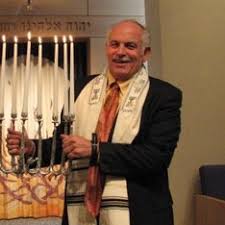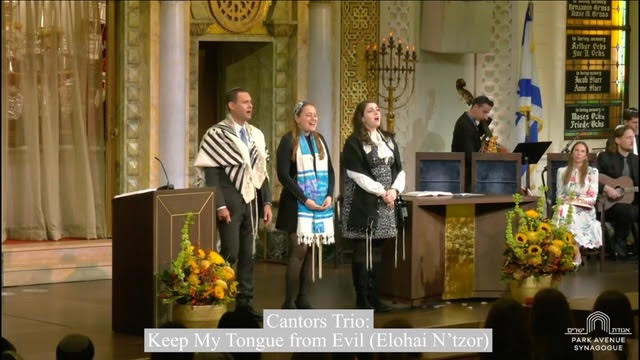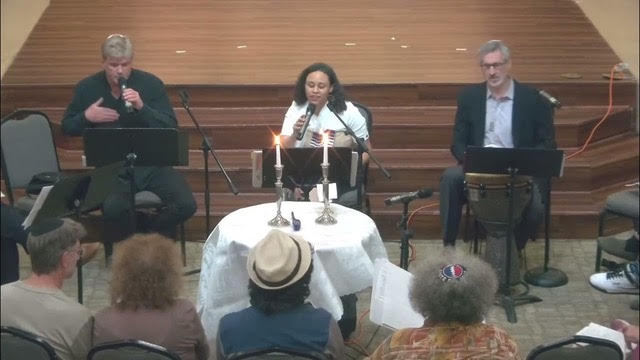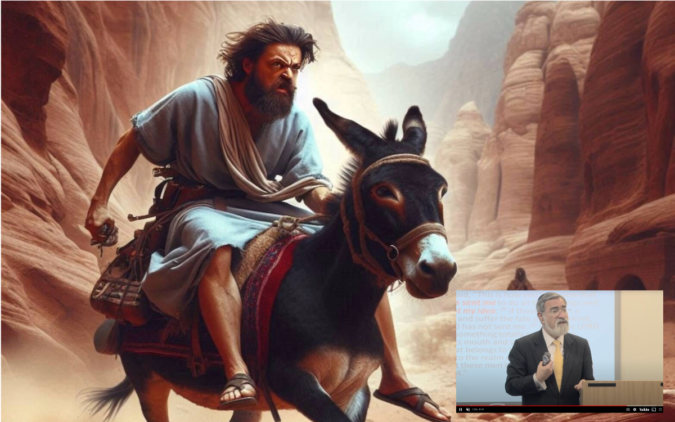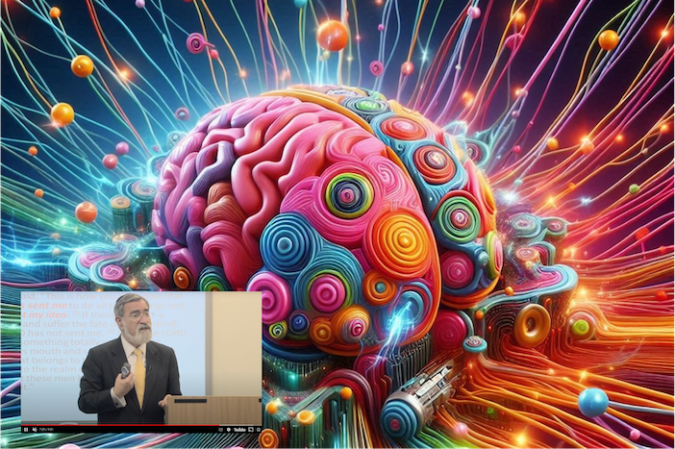Article – In remembrance of Rabbi Guy “Hillel” Greene
It is approximately one month since the passing of Rabbi Guy Hillel Greene, and while the pain of the news of Wednesday may 8th may now for us be somewhat subsiding, surely the fond memories we all hold for Rabbi Greene and his unwavering optimism and sunny disposition will live on in our hearts and minds.


